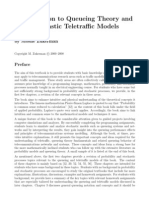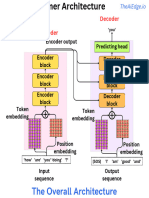0% found this document useful (0 votes)
326 views17 pagesGPU Architecture
The document discusses the history and architecture of GPUs. It describes how GPUs evolved from specialized graphics processors to general purpose parallel computing devices. Key developments include NVIDIA introducing unified shader architectures and programming frameworks like CUDA and OpenCL that allowed general computation on GPUs.
Uploaded by
RCopyright
© © All Rights Reserved
We take content rights seriously. If you suspect this is your content, claim it here.
Available Formats
Download as PDF, TXT or read online on Scribd
0% found this document useful (0 votes)
326 views17 pagesGPU Architecture
The document discusses the history and architecture of GPUs. It describes how GPUs evolved from specialized graphics processors to general purpose parallel computing devices. Key developments include NVIDIA introducing unified shader architectures and programming frameworks like CUDA and OpenCL that allowed general computation on GPUs.
Uploaded by
RCopyright
© © All Rights Reserved
We take content rights seriously. If you suspect this is your content, claim it here.
Available Formats
Download as PDF, TXT or read online on Scribd
/ 17






























































